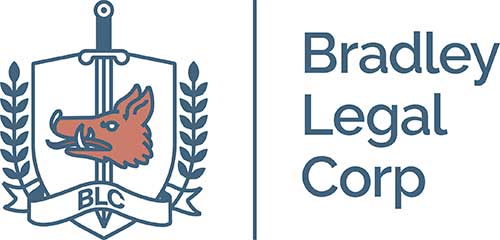ASSET PROTECTION ISSUE:
Should the member of a Single Member LLC (SMLLC) be held personally liable for the actions of the LLC in Arizona?
CASE SUMMARY:
Blizzard Entertainment, Inc., makers of the popular online role-playing game, World of Warcraft (WoW), sued MDY Industries, LLC, whose sole member of the LLC is Michael Donnelly. MDY developed a program which enabled WoW players to continue playing even when the user is away from his computer.
These “bot” programs help reduce the time that a user must otherwise spend to progress in the game. MDY’s software product, known as “Glider”, proved to be very popular within the WoW community, selling about 120,000 units. Average cost was license was ~$29, with a gross revenue close to $3.5 million.
On the other hand, Blizzard had to spend enormous resources to control these bots. Blizzard estimated that it was in the range of $940,000 annually to respond to complaints, mitigate alleged damages caused by Glider, etc.
TRIAL RESULT:
Following the two-day long bench trial, the District Judge found MDY Industries and Donnelly liable for four counts related to trademark infringement, primarily the violation of the Digital Millennium Copyright Act (DMCA), and issued a judgement for $6.5 million against both MDY and Michael Donnelly personally. This judgement, by the way, had been reduced by the judge from $26 million. The Judge affirmed Donnelly’s personal liability based mainly on the fact that Donnelly wrote most of the code for Glider and that he was the principal (and sole member) of the company. There was basically no else to blame.
Donnelly and MDY appealed, and on June 7, 2010, the Court of Appeals for the Ninth Circuit vacated district court’s judgment for secondary copyright infringement, but held that MDY is liable under DMCA. The Court of Appeals sent the case back to District court to reconsider the issue of whether Donnelly was personally liable for the judgment.
LINK TO CASE DOCKET: https://dockets.justia.com/docket/arizona/azdce/2:2006cv02555/322017
ASSET PROTECTION SUMMARY:
This case represents one of the core issues of concern for an Asset Protection Attorney. Can a SMLLC be relied upon to contain a liability?
The conclusion after reading the case facts is no. Donnelly was held personally liable for MDY’s actions. The reason was simply that the court didn’t make the distinction between Donnelly, sitting in his underwear writing code, and his LLC which received the licensing fees.
This is reminiscent of the Olmstead case in Florida which held similarly that foreclosure of the interest was an appropriate remedy for a creditor of the single member.
The Olmstead case was a significant Asset Protection case and drew heavy commentary by many of us in the Asset Protection community. (Is the LLC Charging Order Still Alive after Oldmstead?, and FL Legislature addresses Olmstead) The net result was that Florida revised their statute to remove the charging order protection from SMLLC’s (Fl 608.433(6-7))
But this knife has two edges. In the Florida statute, the multi-member LLC’s are strengthened. This ends up providing more clarity and even greater protection for those LLC’s.
Also the statute is clear that it is limited to “the judgement creditors of a member”. That means that the strategy of using a Limited Partnership to hold SMLLC interests would still be effective against the judgement creditors of an individual client. Unless the Limited Partnership itself is held liable, then the statute would not be applicable and the charging order would still apply.
TAKE AWAY:
The Take Away is that using a Single Member LLC with an individual client directly as the single member in Arizona, Florida, or in any State for that matter, is simply not advisable and should be avoided. This is particularly true when the LLC will engage in activity which could generate liability, especially the type of liability which is not insurable.
On the other hand, a SMLLC does provide significant simplification of tax preparation, filing and compliance issues and still may be useful to hold fairly low risk, or insurable assets such as an office building or rental real estate. The client should still not be used as the member. Rather, it is best to utilize the Limited Partnership as the member.
As with all things, the key is to find the balance of the right level of protection with the appropriate increase in complexity, cost and maintenance requirements. Bigger is not always better.


Recent Comments